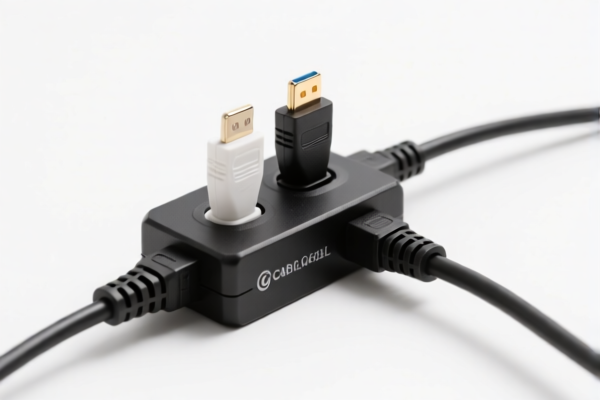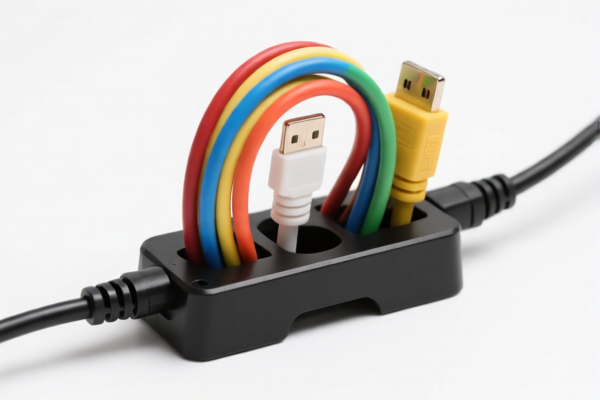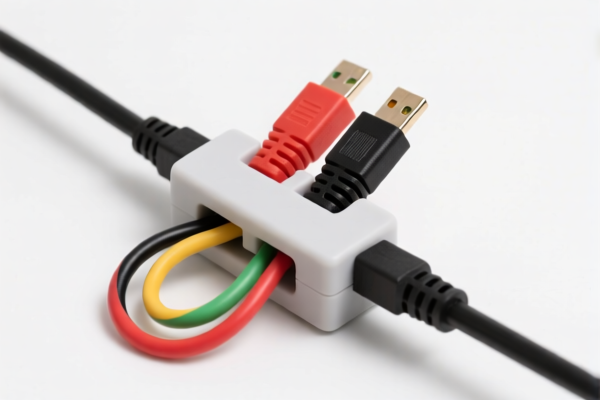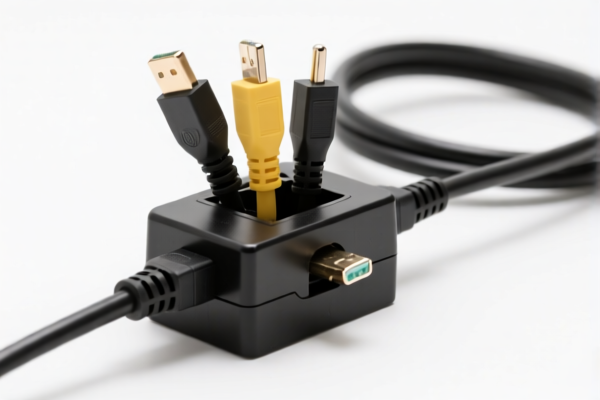| HS Code | Official Doc | Tariff Rate | Origin | Destination | Effective Date |
|---|---|---|---|---|---|
| 8544429090 | Doc | 57.6% | CN | US | 2025-05-12 |
| 8544499000 | Doc | 58.9% | CN | US | 2025-05-12 |
| 9001100030 | Doc | 61.7% | CN | US | 2025-05-12 |
| 9001100075 | Doc | 61.7% | CN | US | 2025-05-12 |
| 8548000000 | Doc | 55.0% | CN | US | 2025-05-12 |
| 8304000000 | Doc | 33.9% | CN | US | 2025-05-12 |
| 8304000000 | Doc | 33.9% | CN | US | 2025-05-12 |
| 8310000000 | Doc | 55.0% | CN | US | 2025-05-12 |
| 3926906010 | Doc | 59.2% | CN | US | 2025-05-12 |
| 3926909600 | Doc | 55.0% | CN | US | 2025-05-12 |
| 3917400095 | Doc | 60.3% | CN | US | 2025-05-12 |
| 3917320050 | Doc | 58.1% | CN | US | 2025-05-12 |




Cable Arranging Device
A cable arranging device is a tool or system designed to organize and manage electrical cables and cords, preventing tangling, improving aesthetics, and enhancing safety. These devices come in a wide variety of forms, catering to diverse needs and applications.
Materials
Common materials used in cable arranging devices include:
- Plastic: Frequently used for clips, ties, sleeves, and boxes due to its low cost, flexibility, and insulating properties. Polypropylene (PP), Polyethylene (PE), and Nylon are typical plastics.
- Metal: Often found in cable trays, conduits, and some clips, providing durability and structural support. Steel, aluminum, and stainless steel are common choices.
- Fabric: Used in cable sleeves and wraps, offering flexibility and protection. Nylon, polyester, and neoprene are frequently employed.
- Rubber/Silicone: Utilized in cable ties and sleeves for flexibility, insulation, and grip.
- Wood: Occasionally used for aesthetic purposes, particularly in home or office environments.
Purpose & Function
The primary purposes of cable arranging devices are:
- Organization: Grouping cables together for a neater appearance.
- Protection: Shielding cables from physical damage, wear, and environmental factors.
- Safety: Reducing tripping hazards and preventing electrical shorts caused by damaged insulation.
- Accessibility: Facilitating easy access to cables for maintenance, upgrades, or troubleshooting.
- Strain Relief: Preventing stress on cable connections and reducing the risk of failure.
- Aesthetics: Improving the overall visual appearance of workspaces and entertainment systems.
Usage Scenarios
Cable arranging devices are used in a broad range of environments:
- Home Entertainment Systems: Managing cables behind televisions, stereos, and gaming consoles.
- Office Environments: Organizing cables for computers, monitors, printers, and other electronic equipment.
- Data Centers: Structuring and managing large numbers of network cables.
- Server Rooms: Similar to data centers, focusing on high-density cable organization.
- Industrial Settings: Arranging cables for machinery, control systems, and power distribution.
- Automotive: Organizing wiring harnesses within vehicles.
- Telecommunications: Managing cables in network infrastructure.
Common Types
- Cable Ties: (Zip Ties/Hose Ties) Inexpensive, disposable fasteners for bundling cables. Available in various materials and strengths.
- Cable Clips: Adhesive or screw-mounted fasteners for securing cables to surfaces.
- Cable Sleeves: Flexible tubes used to bundle and protect cables. Often made of fabric or plastic.
- Cable Wraps: Similar to sleeves, but often use Velcro or other fastening mechanisms.
- Cable Trays: Metal or plastic structures used to support and route large numbers of cables.
- Cable Boxes: Enclosures used to conceal power strips and excess cable length.
- Cable Combs: Tools used to neatly arrange individual cables within connectors or along cable runs.
- Cable Raceway: Channels or conduits used to protect and route cables along walls or ceilings.
- Spiral Wrap: A flexible, spirally wound tube used to bundle and protect cables.
- Under Desk Cable Management Trays: Specifically designed to mount under desks to hide cables and power strips.
Based on the provided information, identifying the precise HS code for a “cable arranging device” requires careful consideration of its material composition and specific function. Here are potential HS codes based on the available data:
- 8548000000: Electrical parts of machinery or apparatus, not specified or included elsewhere in this chapter. This code covers a broad range of electrical components. If the cable arranging device is considered an electrical part and doesn’t fall under a more specific classification, this could be applicable. The base tariff is 0.0%, with additional tariffs of 25.0% and 30.0% post-April 2, 2025, resulting in a total tariff of 55.0%.
- 3926906010: Other articles of plastics and articles of other materials of headings 3901 to 3914: Other: Belting and belts, for machinery: Other Synchronous belts. If the device incorporates belts made of plastic or other materials within the 3901-3914 range, this code might be relevant. The base tariff is 4.2%, with additional tariffs of 25.0% and 30.0% post-April 2, 2025, resulting in a total tariff of 59.2%.
- 8304000000: Desk-top filing or card-index cabinets, paper trays, paper rests, pen trays, office-stamp stands and similar office or desk equipment and parts thereof, of base metal, other than office furniture of heading 9403. If the device is primarily a desk accessory made of base metal, this code could apply. The base tariff is 3.9%, with no additional tariffs currently, but a 30.0% tariff post-April 2, 2025, resulting in a total tariff of 33.9%.
According to the provided reference material, the HS code options related to 'cable arranging device' are limited, with only the following 3 found.
It is important to determine the primary material composition and function of the cable arranging device to select the most accurate HS code. If the device contains plastic components, further investigation into codes within heading 3926 is recommended. If it is an electrical component, 8548000000 may be appropriate. If it is a desk accessory, 8304000000 should be considered.
Customer Reviews
No reviews yet.